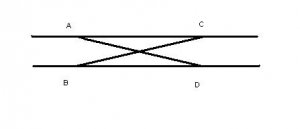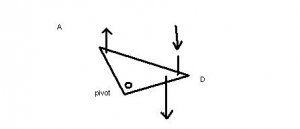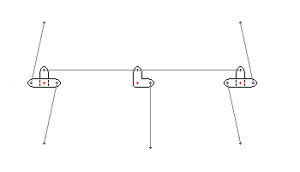I've been looking for a way to mechanically (without electronics and motors) throw all four sets of points on a manually assembled double crossover section.
I found this ...
... but the cost of four tortoises for less than a square foot of realestate is a bit out of my league
I'd like to use one, but I could settle for possibly two, ground throw levers for realigning all points simultaneously. I figure it's going to take push/pull wires inside of piping. The best I can think of (way past my bedtime) is a to have the throw mechanism travel the direction the rails are going and curve off of it to 90 degrees four times pushing the four sets of points in and out together.
Surely there's some really simple method I'm missing here. Help!
I found this ...
b28_82 said:Our club's layout has a double crossover at the end of one of our yards where a lot of stuff happens. It just made sense to put it in there. Its even got 4 tortoises on it!
... but the cost of four tortoises for less than a square foot of realestate is a bit out of my league
I'd like to use one, but I could settle for possibly two, ground throw levers for realigning all points simultaneously. I figure it's going to take push/pull wires inside of piping. The best I can think of (way past my bedtime) is a to have the throw mechanism travel the direction the rails are going and curve off of it to 90 degrees four times pushing the four sets of points in and out together.
Surely there's some really simple method I'm missing here. Help!




